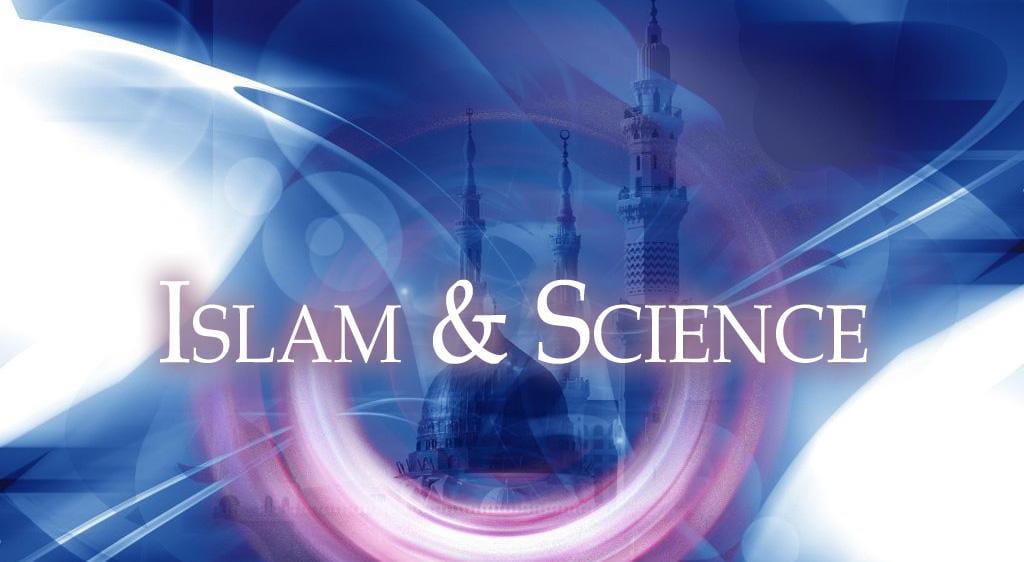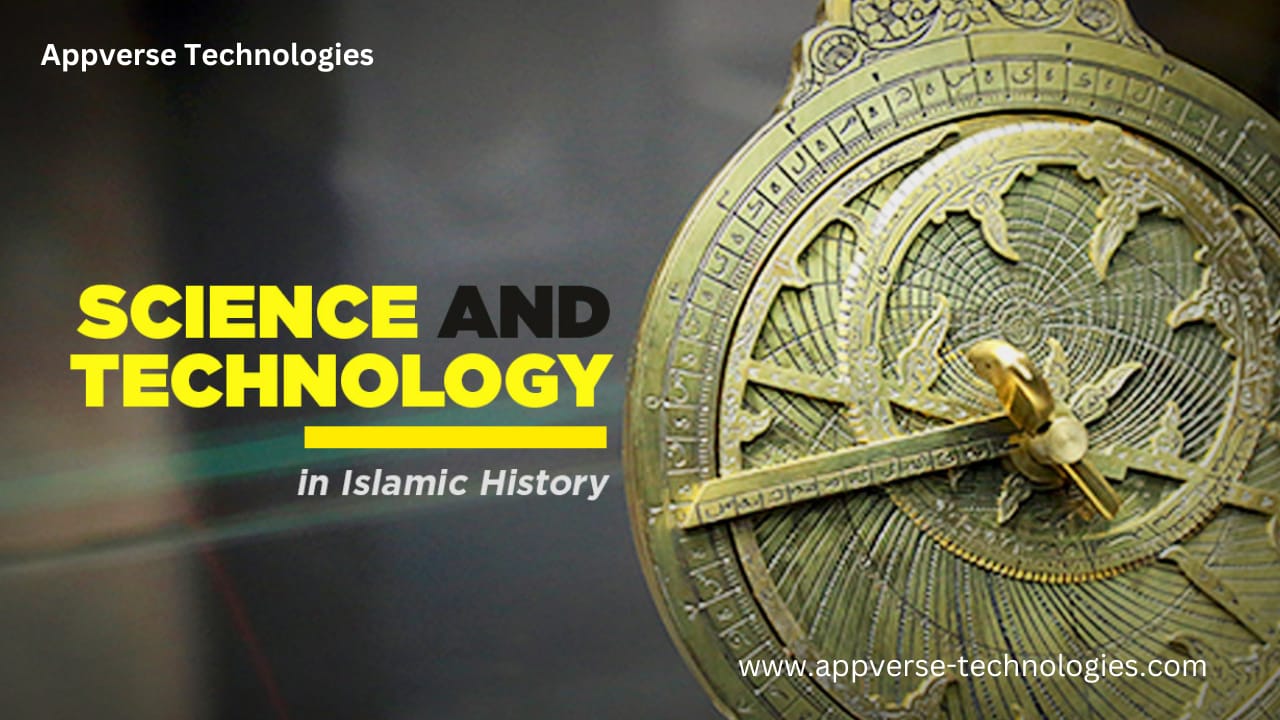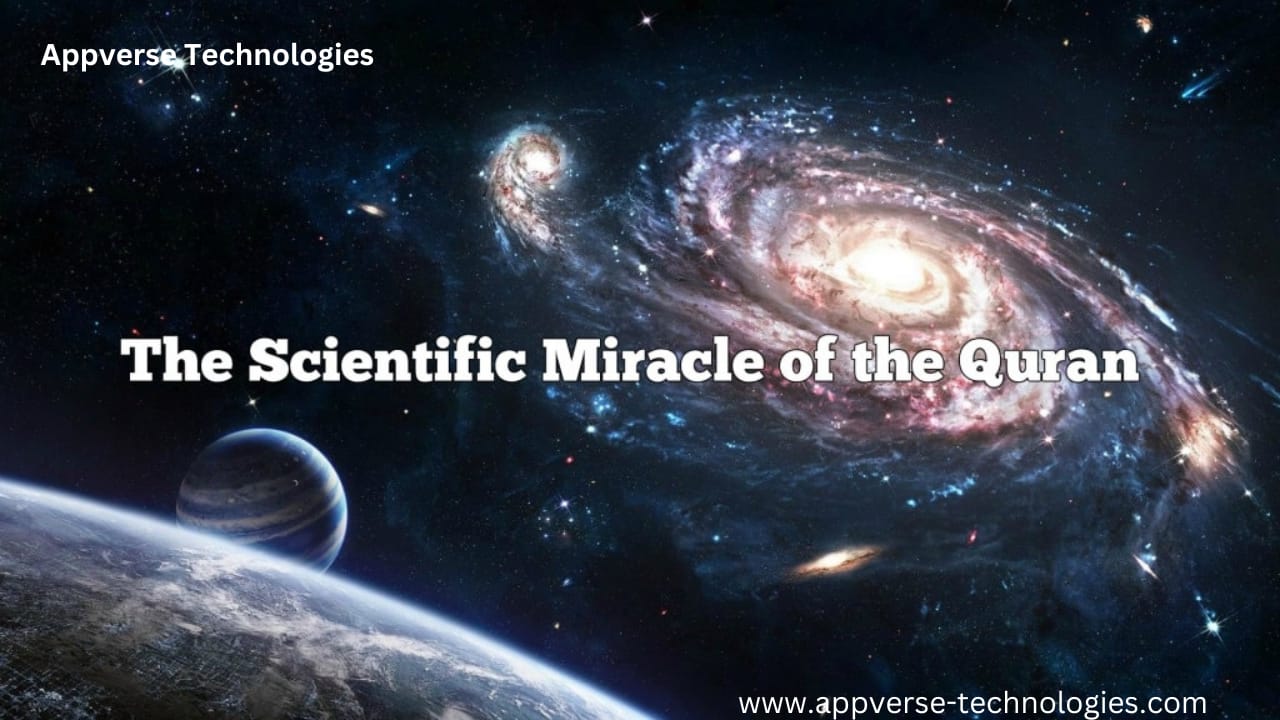
The Harmony of Science and Islam
Science and religion are often perceived as two conflicting entities, with many assuming that they cannot coexist. However, this notion is far from the truth, especially when it comes to Islam. The Islamic faith has a rich history of embracing science and encouraging scientific inquiry, with many Muslim scientists contributing significantly to the advancement of various scientific fields. This essay will explore the harmony between science and Islam, highlighting the Islamic Golden Age of Science, Quranic verses on science, and the contributions of Muslim scientists.
The Islamic Golden Age of Science
The Islamic Golden Age, spanning from the 8th to the 13th century, was a period of unprecedented scientific progress. Muslim scholars made groundbreaking discoveries in mathematics, astronomy, medicine, and physics, laying the foundation for modern scientific inquiry. The House of Wisdom in Baghdad, established in the 8th century, was a renowned center of learning, attracting scholars from across the Islamic world. This era saw the emergence of influential scientists like Al-Khwarizmi, who developed algebra, and Ibn Sina (Avicenna), whose Canon of Medicine remained a standard textbook for centuries.
Quranic Verses on Science
The Quran, the holy book of Islam, contains verses that mention scientific concepts, demonstrating the compatibility of Islam with science. The Quranic verse “And We have made the heaven a roof, safe and well-guarded” (Quran 21:32) describes the protective atmosphere that surrounds the Earth. Another verse, “And the sun runs its course for a period determined for it” (Quran 36:38), alludes to the sun’s fixed orbit. These verses demonstrate the Quran’s emphasis on the wonders of creation and the importance of exploring the natural world.
Contributions of Muslim Scientists
Muslim scientists have made significant contributions to various scientific fields, shaping the course of human knowledge. Ibn al-Haytham (Alhazen), a renowned physicist and mathematician, developed the theory of optics and the concept of the scientific method. Ibn Rushd (Averroes), a philosopher and physician, wrote extensively on Aristotle’s works and developed the concept of evolution. Other notable scientists include Al-Biruni, who calculated the Earth’s circumference, and Ibn Sina, who developed the concept of momentum.
Conclusion
In conclusion, the harmony between science and Islam is evident in the Islamic Golden Age of Science, Quranic verses on science, and the contributions of Muslim scientists. Islam encourages scientific inquiry, and Muslim scholars have played a significant role in shaping various scientific disciplines. By embracing science and religion, we can foster a deeper understanding of the world and our place within it, leading to a more harmonious and enlightened society.
Islam embraces science and encourages scientific inquiry, as seen in the Islamic Golden Age of Science, Quranic verses on science, and the contributions of Muslim scientists ¹. Here are some key points about what Islam says about science ²:
Fields of Inquiry:
Astronomy and cosmology
- Physics
- Alchemy and chemistry
- Botany and agronomy
- Geography and cartography
- Mathematics
Astronomy and Cosmology:
- Determining the Qibla (direction of prayer)
- Astrology (predicting events and selecting suitable times for actions)
- Accurate astronomical tables and celestial models
Botany and Agronomy:
- Detailed examination of plants
- Practical and systematic approach to agriculture
- Description of plant growth, flowers, and fruit
Geography and Cartography:
- Accurate maps of the known world
- Measurement of the Earth’s radius
- Description of peoples, climates, resources, and industries
Mathematics:
- Algebra, geometry, and arithmetic
- Practical and theoretical geometry
- Innovations in mathematics
Contributions of Muslim Scientists:
- Al-Kindi (translated Indian, Assyrian, Sasanian, and Greek knowledge into Arabic)
- Al-Battani (accurately determined the length of the solar year)
- Al-Zarqali (developed a more accurate astrolabe and water clock)
- Nasir al-Din al-Tusi (wrote an important revision to Ptolemy’s celestial model)
- Ibn Bassal (documented the use and cultivation of plants)
- Ibn al-‘Awwam al-Ishbili (wrote a treatise on agriculture)
- Al-Idrisi (drew a map of the world and wrote the Tabula Rogeriana)
- Piri Reis (made a map of the New World and West Africa)

The relationship between science and religion is complex and has been debated for centuries. Here are some possible perspectives:
- Conflict thesis: Science and religion are seen as opposing worldviews, with science seeking natural explanations and religion relying on supernatural ones. This view assumes a fundamental incompatibility between the two.
- Independence model: Science and religion are considered separate domains, each addressing different questions and using different methods. This view sees no inherent conflict or connection between the two.
- Dialogue and collaboration: Science and religion are seen as complementary ways of understanding the world, with science focusing on natural laws and religion exploring moral and spiritual dimensions. This perspective encourages mutual respect and cooperation.
- Integration and synthesis: Science and religion are viewed as interconnected, with scientific discoveries informing religious beliefs and vice versa. This approach seeks to reconcile scientific findings with religious teachings.
- Complementarity: Science and religion address different levels of reality, with science exploring the physical world and religion focusing on the moral and spiritual realms. This view sees both as essential for a comprehensive understanding of human experience.
- Nominalism: Science and religion are seen as distinct languages, each with its own terminology and concepts. This perspective acknowledges differences in language and approach but encourages mutual respect.
- Pragmatic cooperation: Science and religion are viewed as partners in addressing practical issues, such as environmental sustainability, medical ethics, and social justice. This approach emphasizes shared values and goals.
- Evolutionary compatibility: Science and religion are seen as evolving together, with scientific discoveries influencing religious beliefs and practices. This perspective recognizes the dynamic nature of both science and religion.
- Spiritual and moral context: Science is seen as operating within a broader spiritual and moral framework provided by religion. This view recognizes the importance of ethical and moral considerations in scientific inquiry.
- Cosmology and ultimate questions: Science and religion are seen as exploring different aspects of the cosmos, with science focusing on physical laws and religion addressing ultimate questions of meaning and purpose.
Several surahs in the Quran address scientific topics, included:
- Surah Al-Anbya: The Big Bang theory, the expansion of the universe, the formation of stars and planets, and the fact that the universe is still expanding.
- Surah Adh-Dhariyat: The expansion of the universe.
- Surah Al-Hadid: Iron within meteorites.
- Surah Ar-Rahman: The meeting of the seas.
- Surah Al-Mu’minun: Embryology.
- Surah Al-Alaq: The frontal lobe and its function in motivation and planning.

Religions have varying degrees of compatibility with science, depending on their beliefs and interpretations. However, some religions are more open to scientific inquiry and discovery than others. Here’s a brief overview:
- Buddhism: Buddhism emphasizes personal experience, observation, and reasoning, which aligns with scientific methodology. It also accepts evolution and the natural world.
- Islam: Islam encourages scientific inquiry and exploration, with many Muslims contributing significantly to science throughout history. The Quran contains verses that mention scientific concepts, such as the expansion of the universe.
- Hinduism: Hinduism has a long tradition of scientific inquiry, particularly in astronomy, mathematics, and medicine. The Vedic texts contain descriptions of the universe and natural phenomena.
- Jainism: Jainism emphasizes observation, experimentation, and reasoning, similar to scientific methods. Its concept of the universe and natural laws is also compatible with scientific principles.
- Unitarian Universalism: This modern religion emphasizes reason, science, and individual freedom, making it a natural fit with scientific inquiry.
- Deism: Deism, a philosophical belief in a creator God, is compatible with science, as it doesn’t require supernatural interventions or contradictions with scientific findings.
Keep in mind that individual interpretations and beliefs within religions can vary widely, and not all adherents may accept scientific theories or findings. Additionally, science and religion address different aspects of human experience, so compatibility may not always be a straightforward comparison.

The scientific miracles of Islam include:
- Water: The Quran revealed that all living things are made of water. This was only discovered after the invention of the microscope.
- Universe: The Big Bang Theory: The Quran states that the heavens and earth were a joined entity and were separated. This is similar to the Big Bang theory, which states that the universe came into existence from one single point.
- Universe: The Big Crunch Theory: The Quran states that the universe will be pulled back into the black holes and form a tiny mass. This is similar to the Big Crunch theory, which describes how the universe may end.
- Embryology: The Quran describes the process of how a baby develops in the womb. This was only proven with the help of the latest technology.
- The Sky’s Protection: The Quran states that the sky is a protected ceiling. It is a scientific fact that the sky protects the earth and life on it from the harmful rays of the sun.
- Iron within Meteorites: The Quran states that iron was sent down from the heavens. Scientists state that iron is not natural to the earth and that billions of years ago, the earth was struck by meteorites that contained iron.
- The Meeting of the Seas: The Quran states that there is a barrier between the two seas that meet. Science has discovered that in places where two different seas meet, there is a barrier that divides them.
- Sun Moving in Orbit: The Quran states that the sun and the moon move in an orbit. Today, it is a well-established fact that the sun, the moon and all the other bodies in the universe are moving in an orbit.
- Mountains as Stakes: The Quran states that mountains are like stakes and are buried deep within the earth’s surface. Geophysicist Frank Press explains how mountains are like stakes in his book titled ‘Earth’.
- Expansion of the Universe: The Quran states that the universe is expanding. The physicist Stephen Hawking wrote that the discovery that the universe is expanding was one of the great intellectual revolutions of the 20th century.
- Pain Receptors: The Quran states that there are pain receptors present in the skin. Without these pain receptors, a person would not be able to feel pain.
- Internal Waves in the Oceans: The Quran describes the internal waves in the oceans. Oceanographers have stated that unlike the belief that waves only occur on the surface, there are waves that take place internally in the oceans.
- Frontal Lobe: The Quran describes the frontal lobe and its function in motivation and planning. Studies have proved that it is the prefrontal region that is responsible for the function of lying.

The Islamic prophet Muhammad did not make any specific statements about science. However, Islam allows for much interpretation when it comes to science . Here are some points to consider :
- Muslim mathematicians and astronomers furthered the development of almost all areas of mathematics from the eighth to the fifteenth century.
- Islamic scientific achievements encompassed a wide range of subject areas, especially medicine, mathematics, astronomy, agriculture as well as physics, economics, engineering and optics.
- Some Muslim writers have stated that the Quran made prescient statements about scientific phenomena that were later confirmed by scientific research as regards to the structure of the embryo, the solar system, and the development of the universe.
- There is no true word for science in Arabic as commonly defined in English and other languages. In Arabic, “science” can simply mean different forms of knowledge.
- Each branch of science has its own name, but all branches of science have a common prefix, ilm. For example, physics is more literally translated from Arabic as “the science of nature”, علم الطبيعة ‘ilm aṭ-ṭabī‘a; arithmetic as the “science of accounts” علم الحساب ‘ilm al-hisab.
The father of science in Islam is Hasan Ibn al-Haytham, also known as Alhazen . He is a renowned medieval mathematician, astronomer and physicist who made significant contributions to the principles of optics and visual perception. His most influential work is the “Book of Optics,” which survived in a Latin edition. He is also the first to correctly explain the theory of vision and to argue that vision occurs in the brain. He also stated the principle of least time for refraction, which would later become Fermat’s principle.

